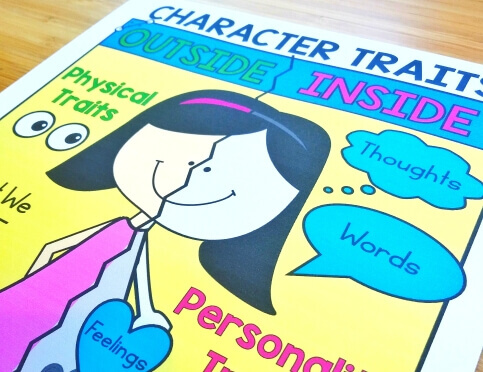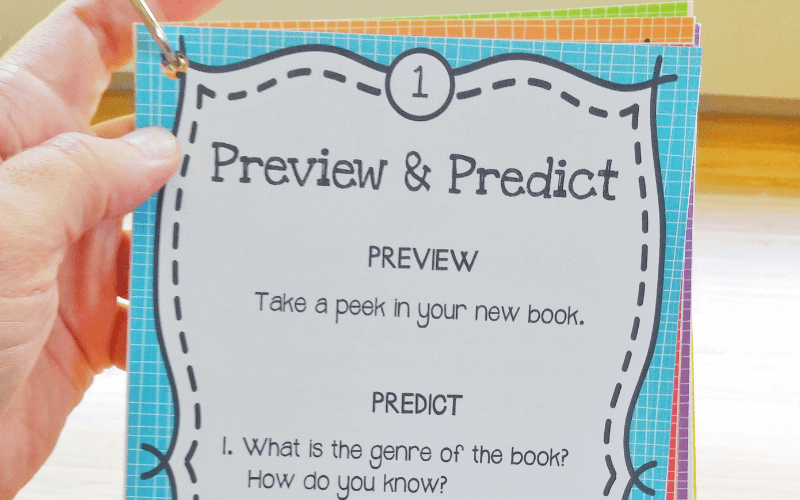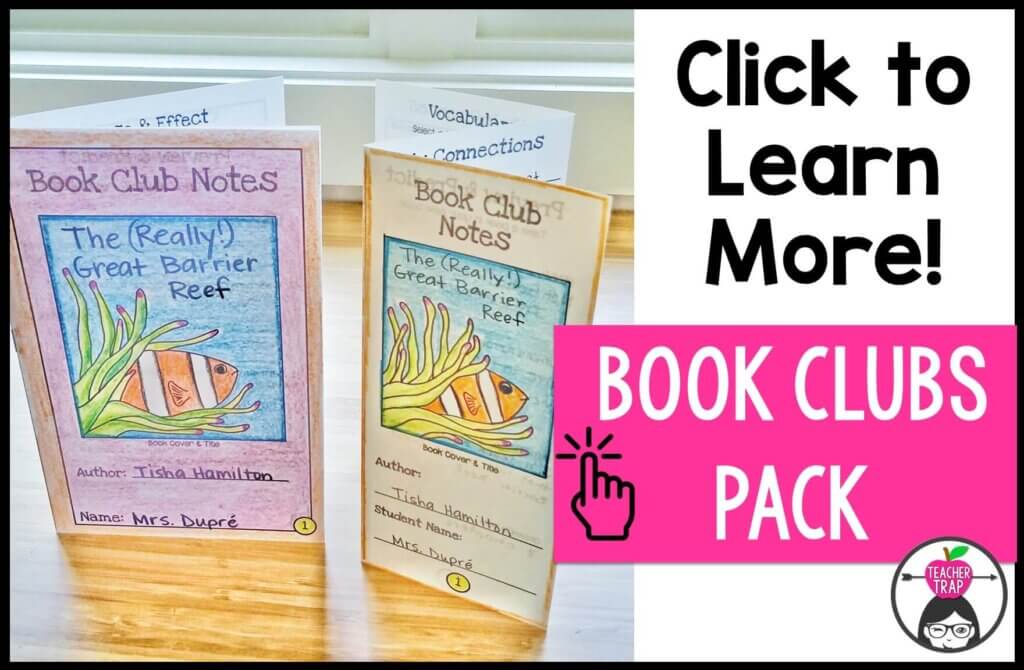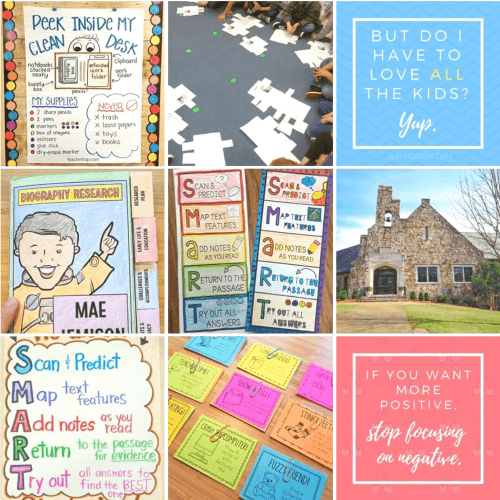Classroom Book Clubs, like Literature Circles, empower students to lead their own learning through student-led conversations. Imagine your students gathered in small groups around the room, actively sharing their thoughts, opinions, and questions about what they’ve just read. They’re applying the comprehension strategies you’ve taught and growing their ability to make sense of text, and they’re doing it through self-guided discussions!
In Book Clubs For Better Comprehension, I shared why Book Clubs are an integral part of my reading instruction and how to launch Book Clubs in just one week. Since that post, I’ve received question after question about how to manage Book Clubs. In today’s post, I’ll answer some of those questions and help you launch thriving Book Clubs in your classroom!
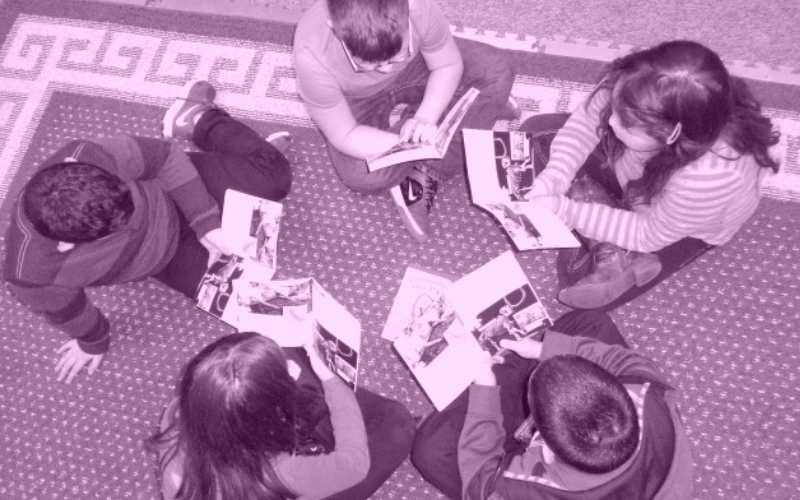
Classroom Book Clubs for Better Conversations
The goal of Classroom Book Clubs is to have rich conversations around a chosen text. Some students will need modeling and lots of practice before they can comfortably carry on a great conversation! I like to begin by sharing the types of language they might use in a discussion, and then have students try it out on a simple topic such as “recess” or “gummy worms.” Next, I’ll use a shared text with the whole class and have small groups discuss while trying out the different talking “moves” on the chart below.
We also talk about the importance of being a good listener and how to show you are listening by nodding or looking at the person who is speaking. You may also want to review Voice Levels and make sure students understand how to speak clearly at an appropriate volume.
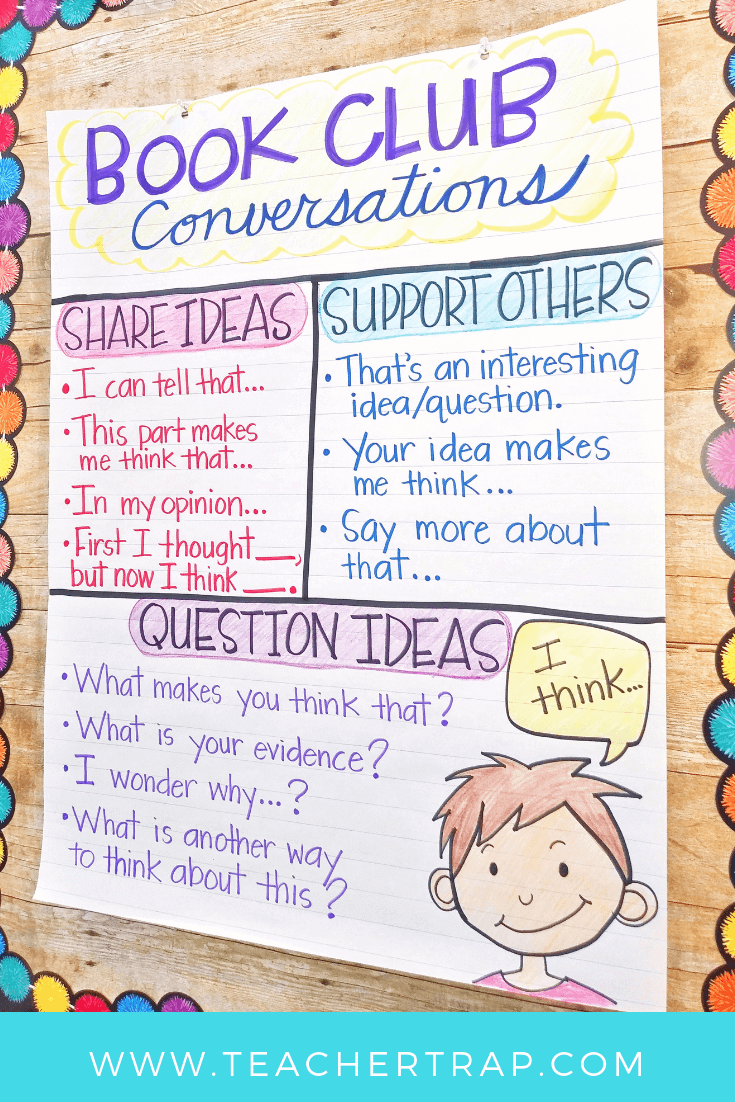
Classroom Book Club Discussion Guide
I like to provide students with a Book Club Discussion Guide that focuses the conversation and provides question-prompts to launch the group’s discussion each day. As I mentioned in Book Clubs for Better Comprehension, I prefer a weekly cycle with a different focus each day.
>>> Mon: Preview and Predict
>>> Tues: Connect and Question
>>> Wed: Infer and Search
>>> Thurs: Analyze Words
>>> Fri: Summarize and Reflect
I love using the guide because it empowers students to lead their own conversations with little teacher interference. The prompts launch the conversation and ensure that students reflect on important comprehension questions while also allowing flexibility as other thoughtful questions arise.
You can find my Book Club Discussion Guide on TPT in Book Clubs Made Easy.
Choosing Books for Book Clubs
In order to have a good Classroom Book Club conversation, you need something worth talking about! I provide a variety of high-interest texts, both fiction and nonfiction, for students to choose from. Because I prefer a weekly cycle, I tend to offer shorter texts rather than chapter books, but chapter books work, too!
Storybooks are great options for Book Clubs, even in the upper grades. Fairy tales, folk tales, myths, realistic fiction, and fantasy storybooks often offer rich vocabulary, unique characters, and thought-provoking themes. I also like to use nonfiction texts on interesting topics such as mummies, Vikings, dinosaurs, space exploration, unique figures from history, and technology.
Some other great options for Book Clubs can be found from Scholastic News, Time for Kids, and National Geographic’s magazine.
Forming Book Club Groups
I prefer to use two different methods for forming Classroom Book Clubs.
1. Random Selection: I’ll sometimes randomly form the groups, and then ask each group to work together to select their book for the week. This is a great way to get new students working together, and the shared book selection helps bond the group.
2. Group by Book Choice: Another option is to provide 5-6 book options for students to preview, and then ask each student to rank their top 2 choices. Use the information to form balanced Book Clubs. I find students prefer this method and enjoy browsing and making their selections.
I do not group by level for Book Clubs. Instead, I offer on-level text options and provide supports as needed. This allows all students to be involved in richer discussions and to enjoy high-interest texts. Supports might include meeting with me in a small group to read parts of the text together, reading with a partner, listening to the book online, being allowed to take the book home for extra reading time, etc.
For ready-to-go tools, you can check out my Book Clubs Made Easy pack.
Classroom Book Clubs have been such a powerful tool in my classroom. I’ve seen gains in reading fluency, reading comprehension, student confidence, and students’ ability to hold thoughtful conversations. I love being able to put students in the driver’s seat and empower them to lead their own learning!






